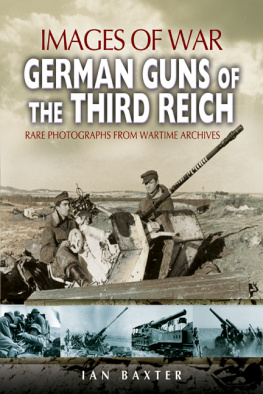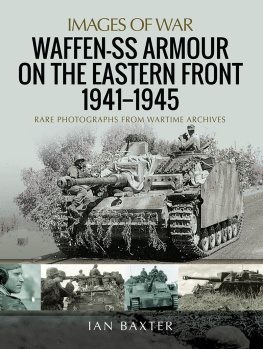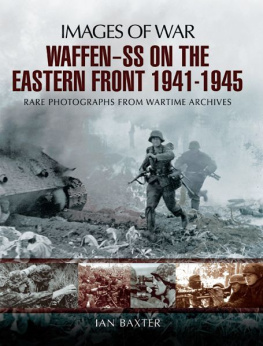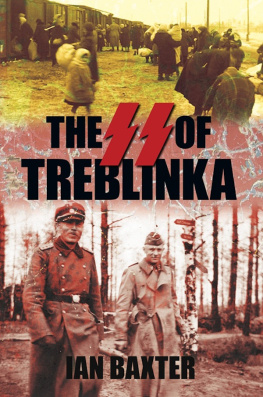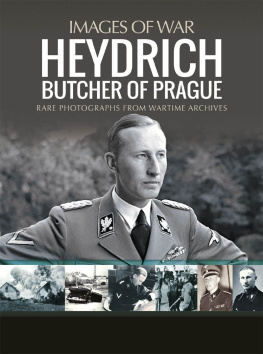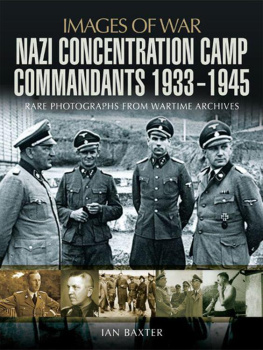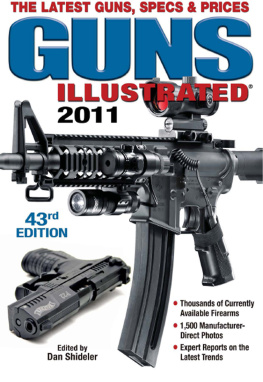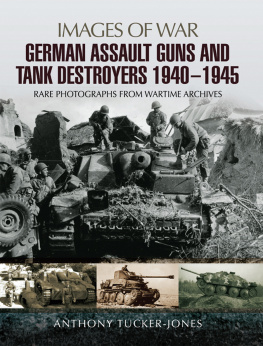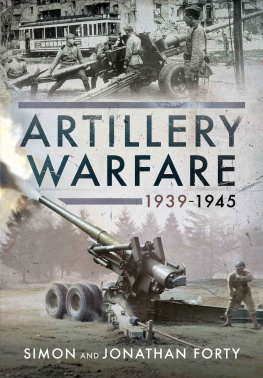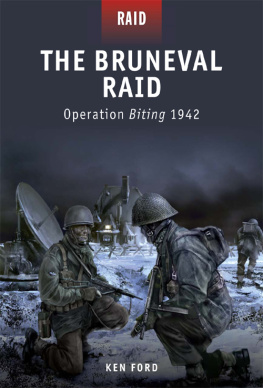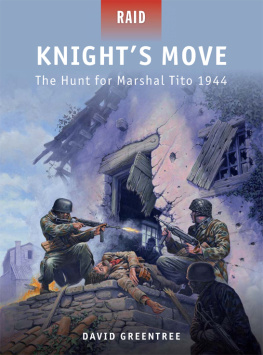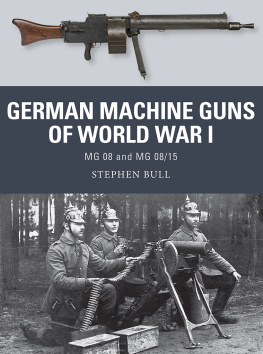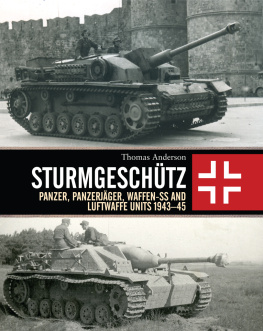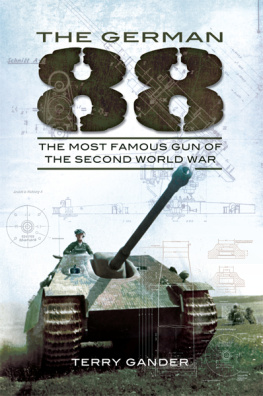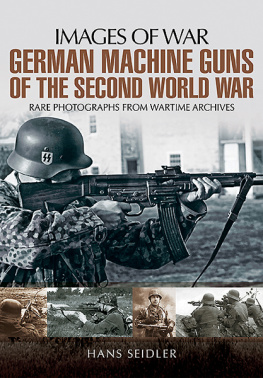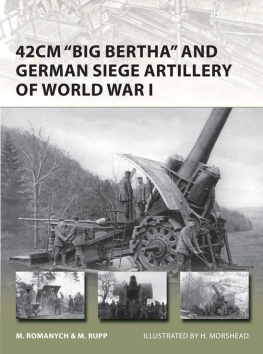

First published in Great Britain in 2007 by
PEN & SWORD MILITARY
an imprint of
Pen & Sword Books Ltd,
47 Church Street, Barnsley,
South Yorkshire.
S70 2AS
Copyright Ian Baxter, 2007
ISBN 978-1-84415-567-5
eISBN 978-1-78303-849-7
The right of Ian Baxter to be identified as Author of this Work
has been asserted by him in accordance with the
Copyright, Designs and Patents Act 1988.
A CIP catalogue record for this book is available
from the British Library
All rights reserved. No part of this book may be reproduced or transmitted
in any form or by any means, electronic or mechanical including photocopying,
recording or by any information storage and retrieval system,
without permission from the Publisher in writing.
Printed and bound in Great Britain by CPI UK
Pen & Sword Books Ltd incorporates the imprints of
Pen & Sword Aviation, Pen & Sword Maritime,
Pen & Sword Military, Pen & Sword Select, Pen & Sword Military Classics,
Leo Cooper, Wharncliffe Local History
For a complete list of Pen & Sword titles please contact:
PEN & SWORD BOOKS LIMITED
47 Church Street, Barnsley, South Yorkshire, S70 2AS, England.
E-mail: enquiries@pen-and-sword.co.uk
Website: www.pen-and-sword.co.uk
Contents
Photographic Acknowledgements
I t is with the greatest pleasure that I use this opportunity on concluding this book to thank those who helped make this volume possible. My expression of gratitude first goes to my German photographic collector Rolf Halfen. He has been an unfailing source; supplying me with a number of very rare artillery photographs that were obtained from numerous private sources. Throughout the research stage of this book Rolf searched and contacted numerous collectors all over Germany, trying in vain to find a multitude of interesting and rare photographs.
Further afield in Poland I am also extremely grateful to Marcin Kaludow, my Polish photographic specialist, who supplied me with a great number of rare photographs that he sought from private photographic collections in Poland, Russia and the Ukraine. The images he found show a host of interesting photographs like the 60cm Mrser Thor, which was one of the largest pieces of field equipment to see service in the Second World War.
Finally, I wish to display my kindness and appreciation to my American photographic collector, Richard White, who supplied me with a number of rare unpublished photographs especially showing the various 8.8cm Flak guns that were deployed on the Eastern and Western Fronts both in an anti-tank and anti-aircraft role.
All other images in this book are credited to the HITM Archive
www.htm-archive.co.uk
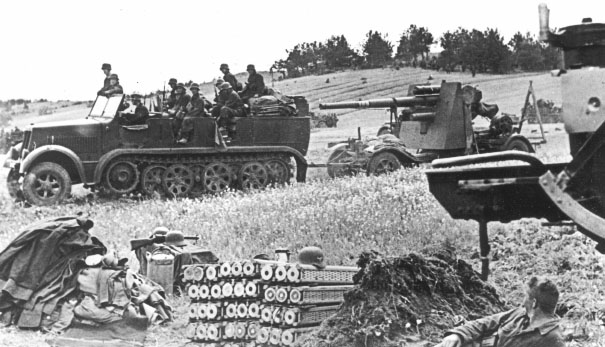
A halftrack towing an 8.8cm flak gun with a full compliment of crew travels across a field ready to re-position itself for further action.
Introduction
H istorically, the use of artillery refers to any engine used for the discharge of projectiles under combat conditions. The term also describes ground based troops with the primary function of manning such weapons. The word artillery is derived from the old French verb attilier , meaning to equip . This term includes coastal artillery, which traditionally defended coastal areas against seaborne attack and controlled the passage of ships using their ability to deny access through the threat of coastal fire. It also includes land-based field artillery. When powered flight was introduced during the First World War, artillery also included ground based anti-aircraft fired from anti-aircraft batteries as well.
The first type of weapon to be used in warfare that was similar to that of the artillery pieces seen on the battlefields of Europe in the Twentieth century was the Bombards. This was the earliest of gunpowder artillery and was distinguished by its lack of a field carriage. After the development of the Bombard came the cannon, which was a lethal cast iron weapon which was designed with a dedicated field carriage with axle, trail and horse-drawn limber. This produced mobile field pieces that could move and support an army in action rather than being found only in siege and static defences. The cannon were always muzzle-loaders, casting technology having standardised and removed the often-dangerous breach-loading design. Its operation was still a complex technical task, often undertaken at high-speed and in stressful conditions, where a mistake could easily be lethal. The field carriage eased movement in general, but traverse and elevation were still very limited and slow.
From the 1860s artillery was soon forced into a series of rapid technological and operational changes that saw the development of modern artillery. Modern artillery itself was distinguished by its large calibre, which fired an explosive shell or rocket projectile, and was of such a size and weight that it required a specialised mount for firing and transport. Cannon artillery such as the howitzer, mortar, and the field gun were deemed modern artillery. The types of cannon artillery are generally distinguished by the velocity at which they fired projectiles. Naval guns or infantry support guns are typically longer-barrelled, low-trajectory, high-velocity weapons designed primarily for a direct-fire role. Typically the length of a cannon barrel is greater than 25 times its calibre (inner diameter). Howitzers, however, are relatively shorter, capable of both high- and low-angle fire. A howitzer was capable of firing a high-trajectory projectile, allowing it to hit a target behind hills and ridges, as well as penetrating concrete bunker emplacements. These weapons are most often employed in an indirect-fire role, capable of operating in defilade. Typically, the length of a howitzer cannon is between 15 and 25 times its calibre. Mortars are smaller, low-velocity, high-angle weapons capable of only high-trajectory fire at a relatively short range. Typically the length of a mortar barrel is less than 15 times its calibre.
Modern field artillery can be divided into two other categories; towed and self-propelled. Towed artillery has a prime mover, usually a tractor or armoured tracked vehicle, to move the piece, crew, and ammunition from one part of the front to another. Self-propelled howitzers are permanently mounted on a carriage or vehicle with room for the crew and ammunition. These weapons are more than capable of moving independently in order to move quickly from one firing position to another in order to support the mobile attack and to avoid counter-battery fire. There are also mortar carrier vehicles, many of which allow the mortar to be removed from the vehicle and be used dismounted, potentially in terrain in which the vehicle cannot navigate or in order to avoid detection.
Out on the battlefield all these weapons could be used in a variety of roles, depending obviously on the calibre of the weapons. Field artillery for instance was used to support armies in the field. Howitzers, on the other hand were generally used in direct support of infantry and armor, where the guns of a battery or even a battalion were employed to fire simultaneously onto a single point or area target. Anti-aircraft weapons were another important piece of artillery and were used generally to protect the ground troops from aerial attack. These flak weapons were usually mobile and not fixed, and were primarily designed for attacking aircraft from the ground. Some guns were suitable for dual-role anti-aircraft and field (anti-tank) use. The German 8.8cm flak gun is one very famous weapon that was used extensively throughout the Second World War in a dual aerial and ground role. But it was one of many various German guns that were designed and manufactured to see action on the front lines.
Next page
